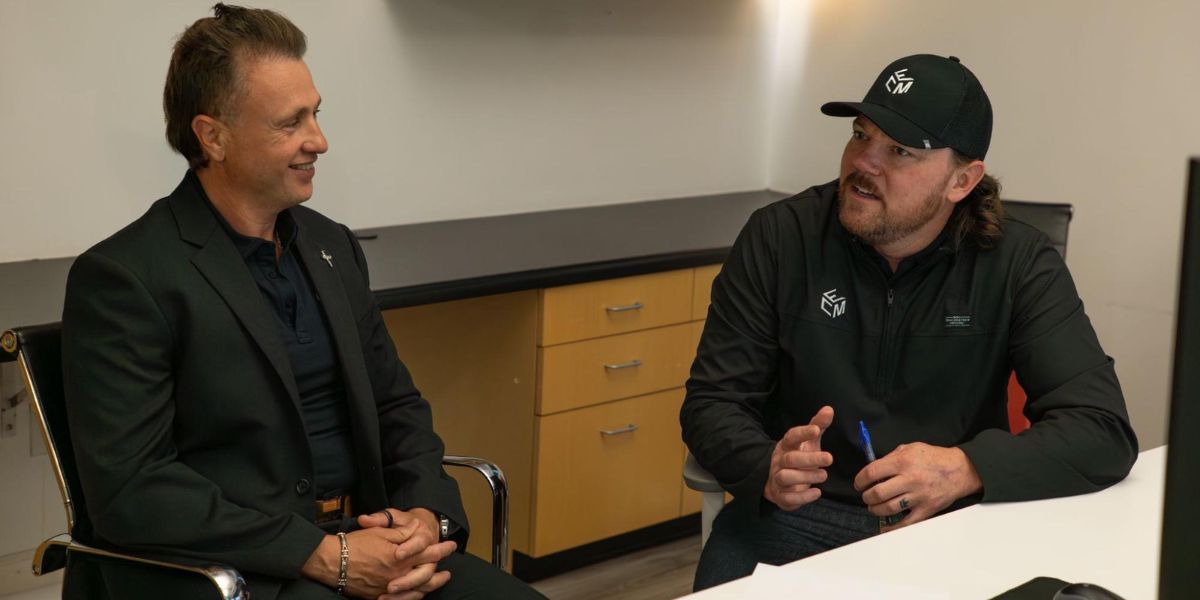To properly train the next generation of doctors, American Medical Schools may need to rely on the abilities of top-rated International Schools
It could be easy to assume that all medical schools are one and the same, dispensing identical lessons and training, leading to the production of equally adept doctors. However, the truth is far more complicated. Medical schools vary wildly in their educational quality. With faculty and staff shortages reaching far and wide due to the ongoing COVID pandemic, US medical colleges may be falling short.
The Doctor Shortage Takes Its Toll
The Association of American Medical Colleges has attempted to draw attention to the lack of funding for medical colleges, stating emphatically in early 2021 that the country could see “an estimated shortage of between 37,800 and 124,000 physicians by 2034, including shortfalls in both primary and specialty care.”
Dr. Adedayo Akande, President of the University of Health Sciences Antigua, has seen the effects of the doctor shortage first hand. He sees an opportunity for top-rated international medical schools like his own to step in and help train the next generation of doctors that will be needed as we work our way out of the pandemic.
“I do think that with the physician shortage, US medical schools cannot serve the industry alone,” says Dr. Akande, “There is a need to contribute to this shortage, and international medical colleges do just that.”
A dangerously high doctor shortage could contribute to a shortfall in highly trained faculty at medical schools as well. The trickle-down effect of a shortage becomes eventual shortfalls in training.
The Role of International Medical Schools
International medical schools can sometimes be dismissed as less capable than their US counterparts of producing well-trained doctors. However, there is a slew of international options that are highly rated and well-equipped to train future physicians well.
“There was once a stigma that going to international schools for medical education places you in an inferior position,” says Dr. Akande. Leaders such as Dr. Akande are working hard to erase that stigma, spreading the word that international schools are ready and willing to take students and get them ready to serve the medical community.
“The fact is that medical school is highly competitive, and admission to a US medical school is extremely difficult,” Dr. Akande explains, “Going abroad is an option for students to pursue their dreams of becoming physicians.”
Seeking An International Education
When considering an international medical school, students should still do their due diligence to ensure the school they choose is high-quality and offers a top-notch education. Competition is steep, and this has led many international schools to step up their game to lure students from the United States into their programs.
Prospective students should strongly consider a foreign school’s accreditation, attrition rates, and placement statistics for graduates into residency programs. The World Directory of Medical Schools remains an excellent source for statistics and information about programs, domestic and international. Most importantly, students should be assured that their degree from an international school would render them eligible to apply for certification from the Educational Commission for Foreign Medical Graduates, or ECFMG, in the US.
International Schools Court US Students
Seeing an opportunity to help in the wake of the doctor shortage, international schools have stepped up their marketing efforts to attract the attention of prospective students.
Dr. Akande explains that traditional advertising approaches and stepped-up articulation agreements (which states classes completed at one school will be accepted when that student transfers to another) have helped attract students from the US to his school in the Caribbean.
The biggest hurdle international schools may face is overcoming the pervasive idea that their schools can’t compete with US schools. However, in many cases, schools across the pond or just South of the US offer excellent education, often with more flexible admissions policies and lower-cost tuitions.
The doctor shortage looks to be poised to continue. International schools can play a big part in assisting with this doctor shortage by effectively training doctors to take these much-needed roles.





